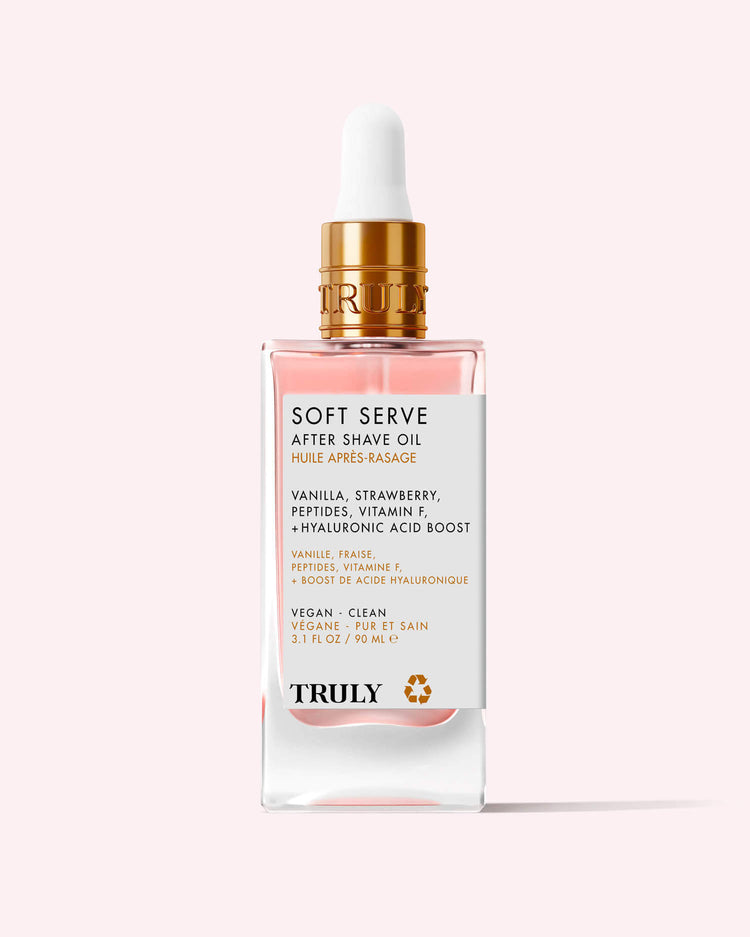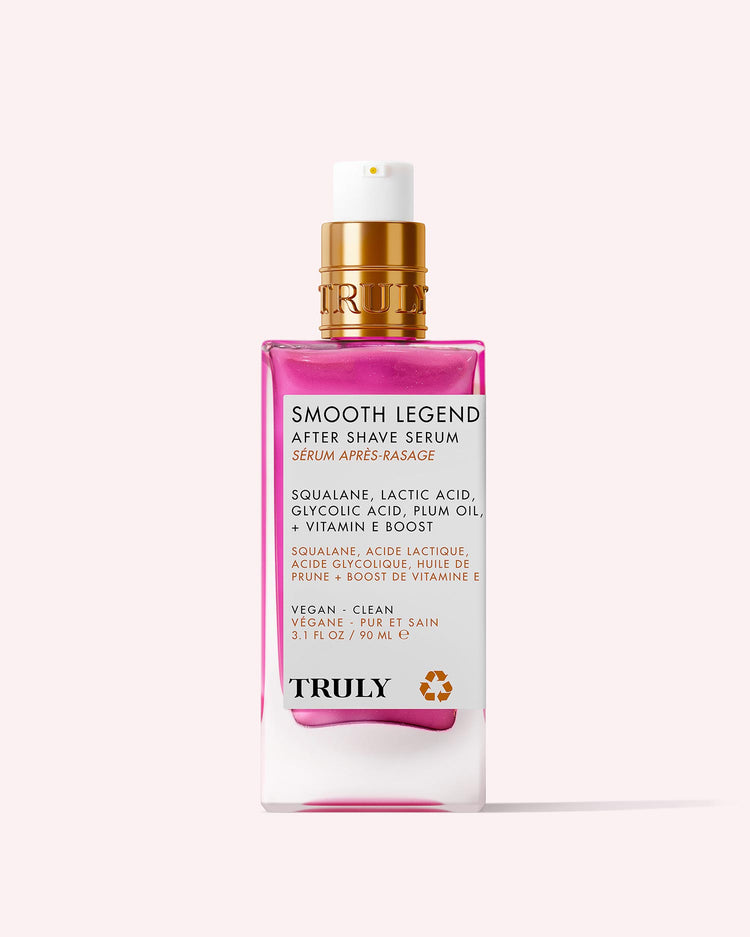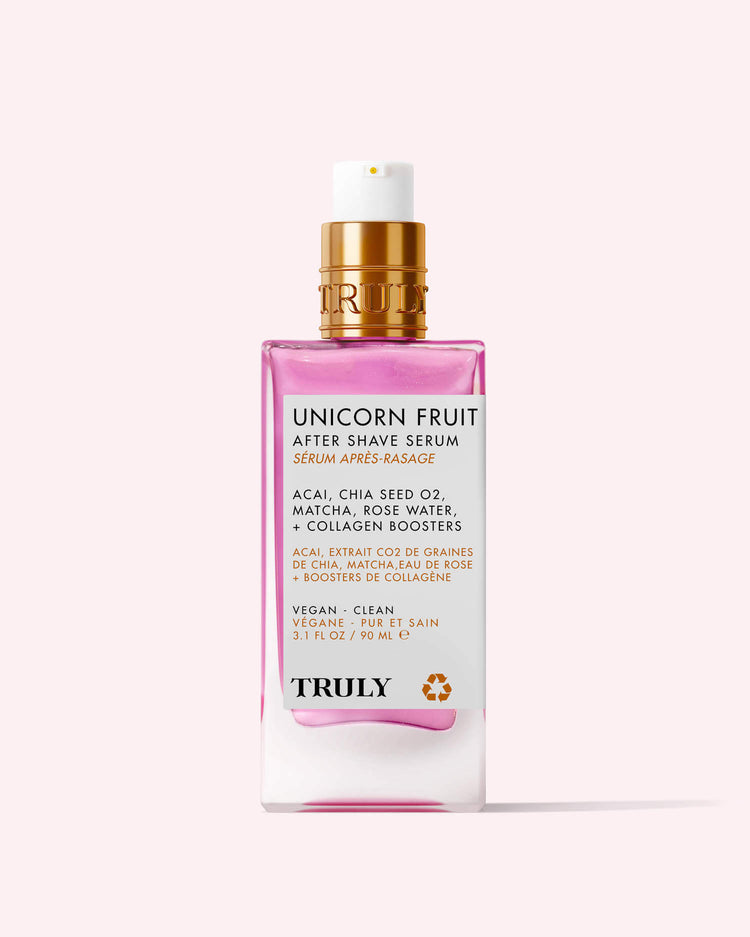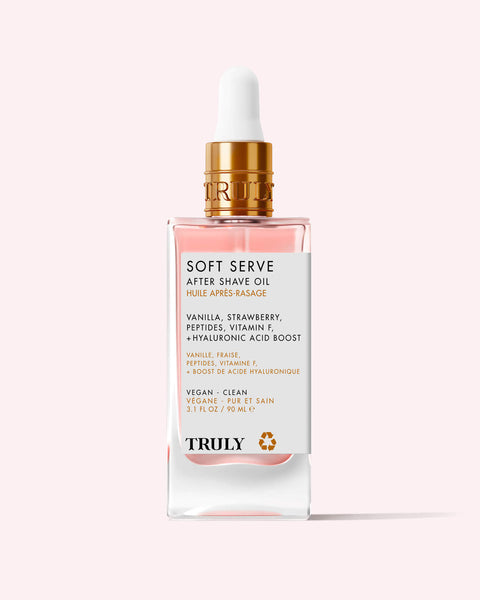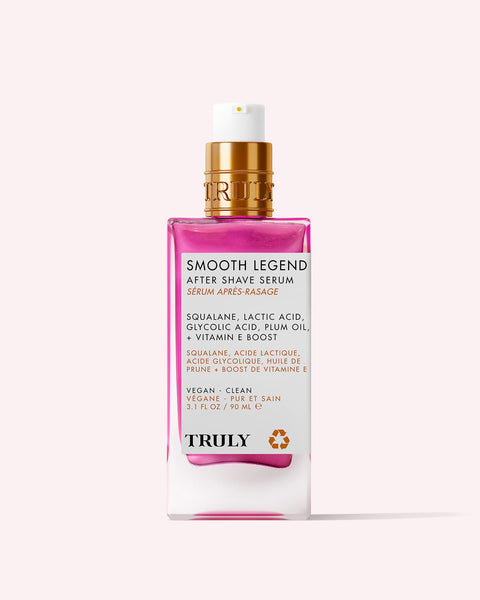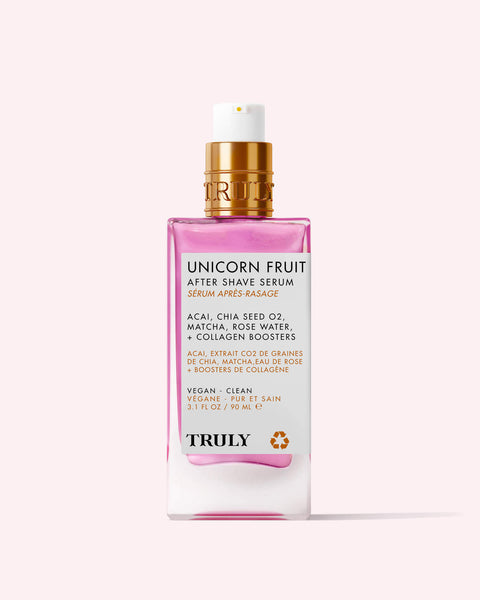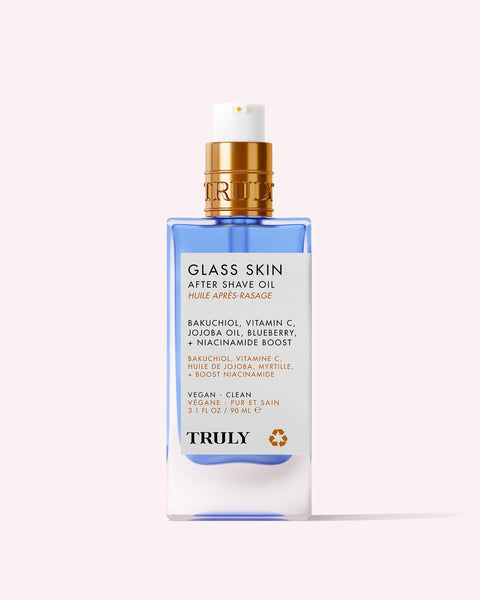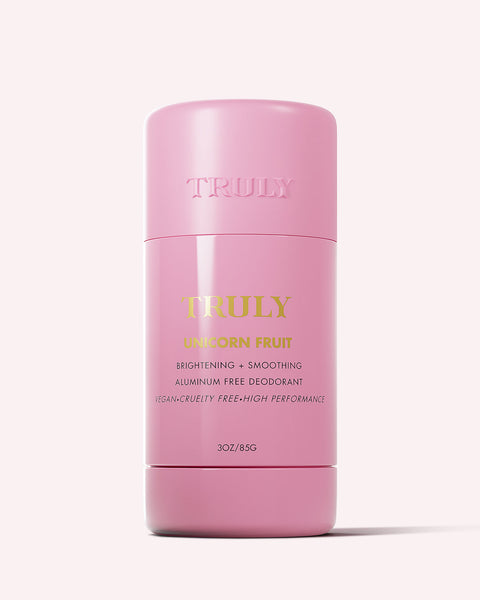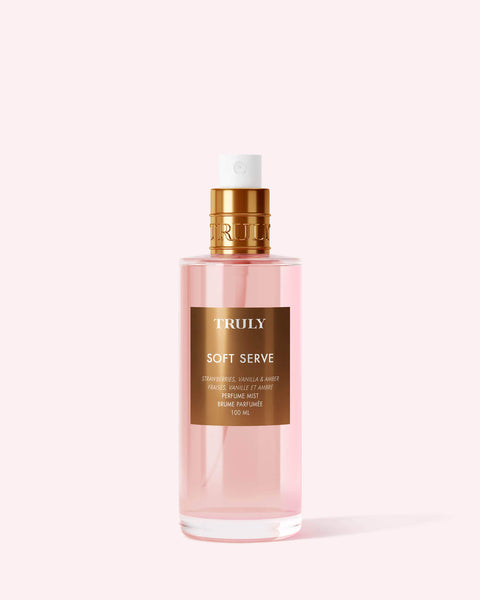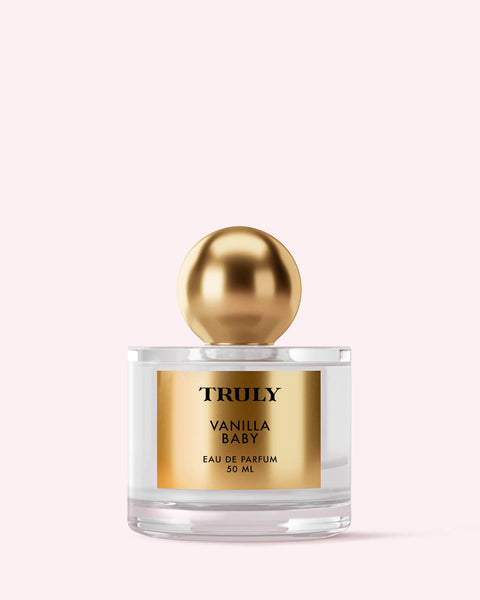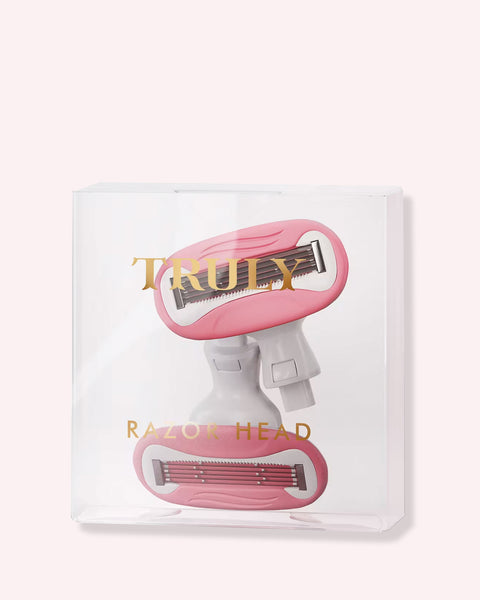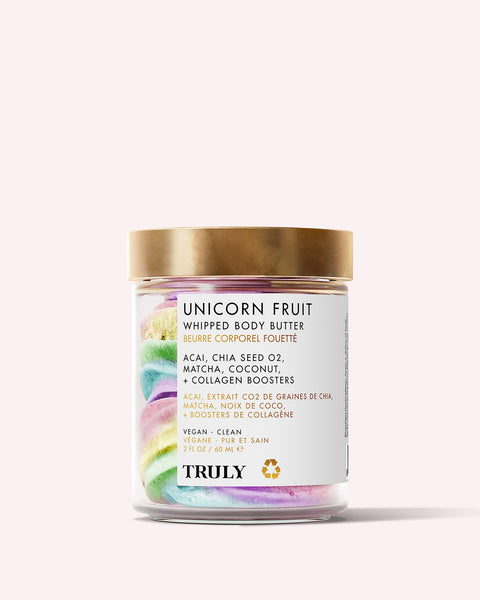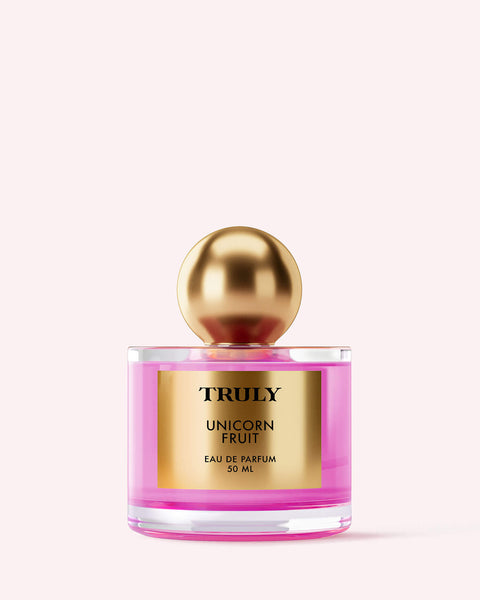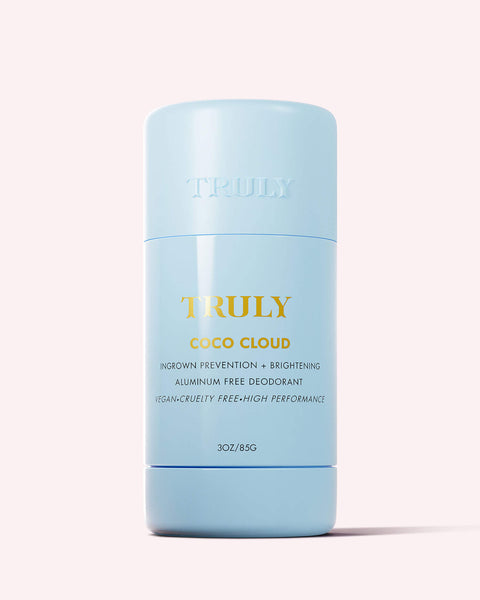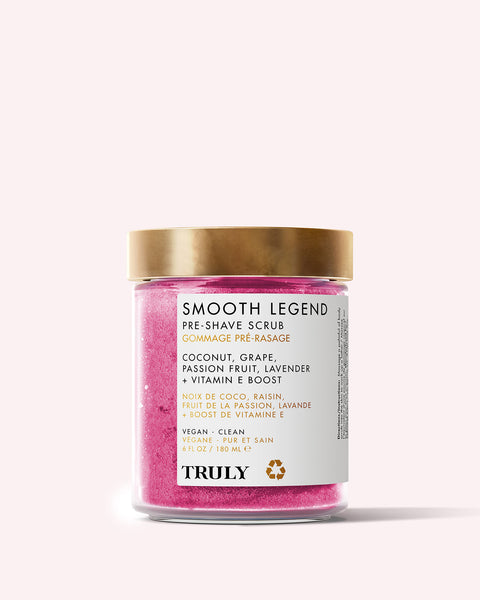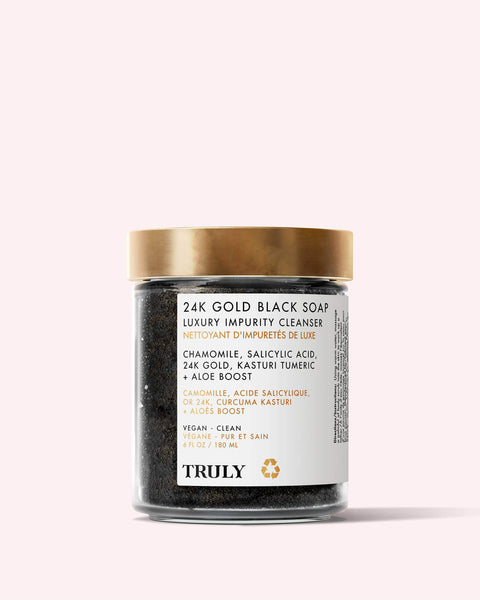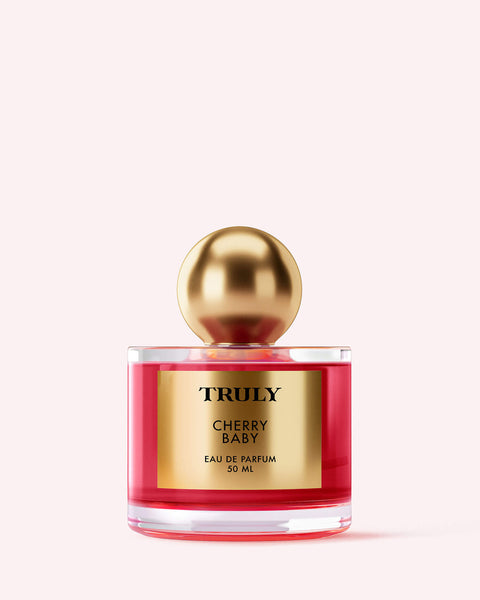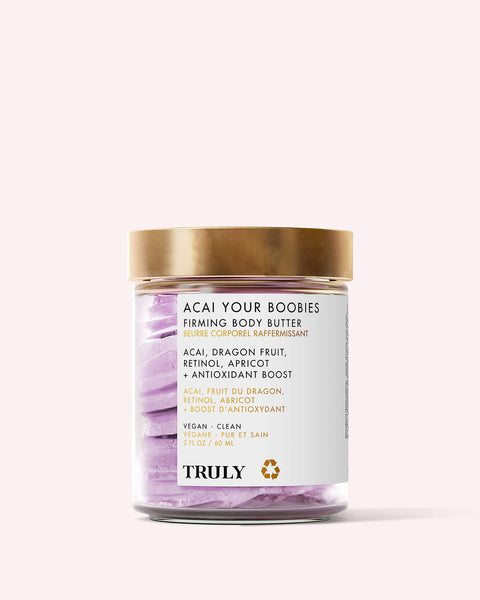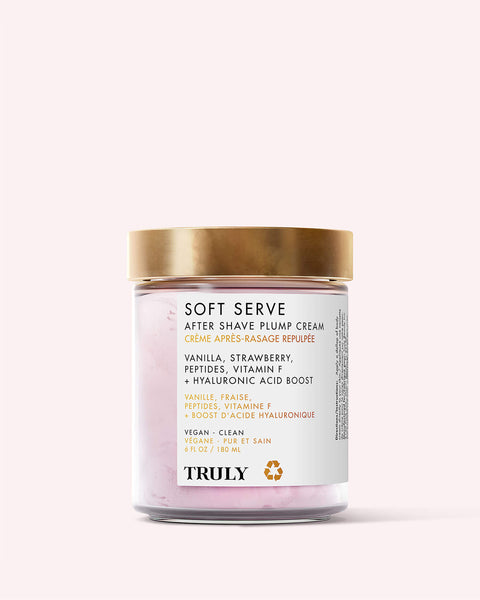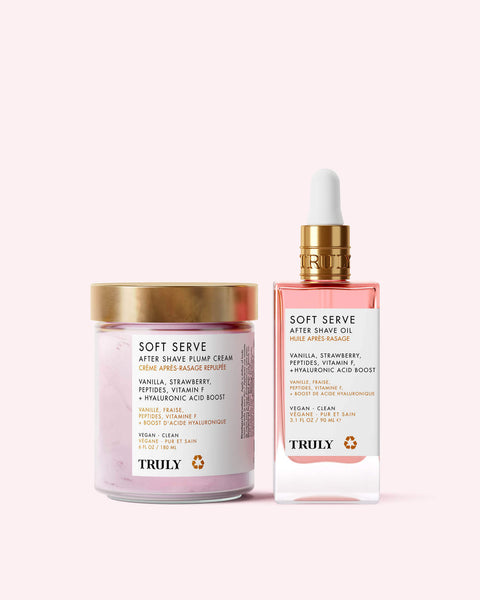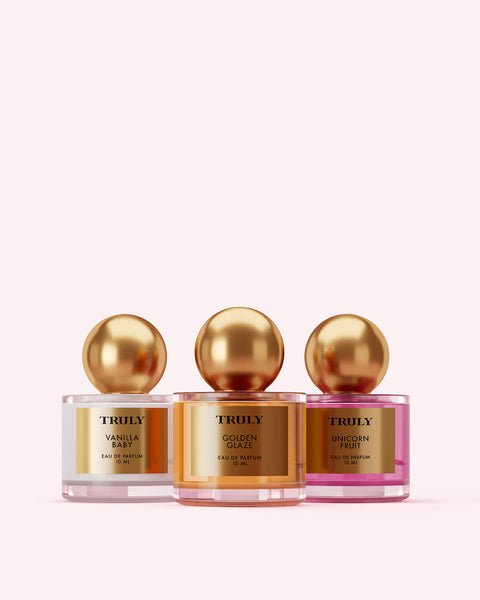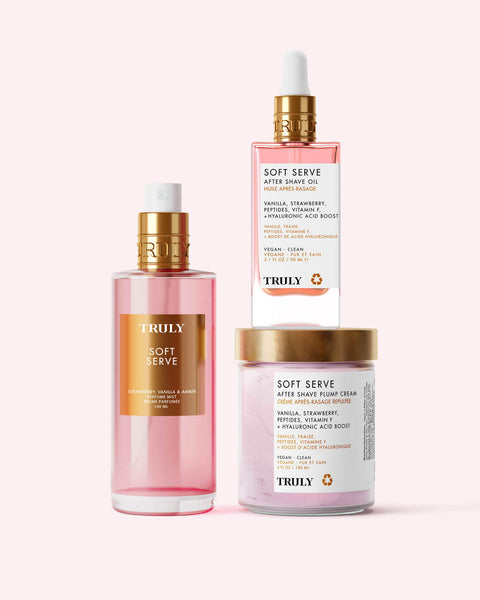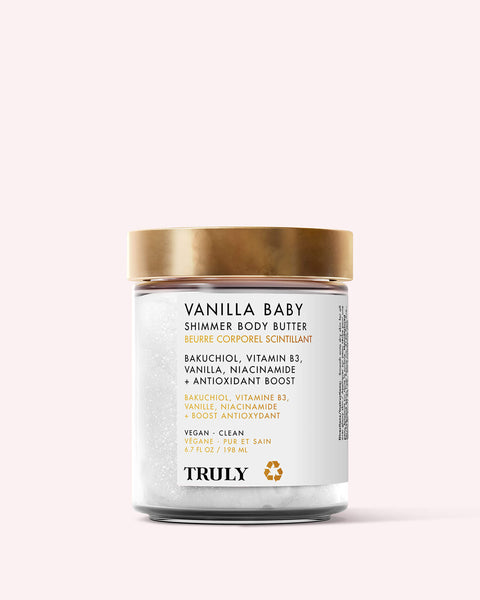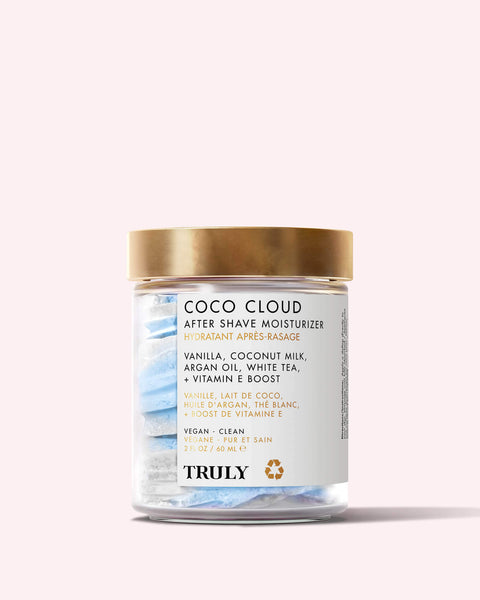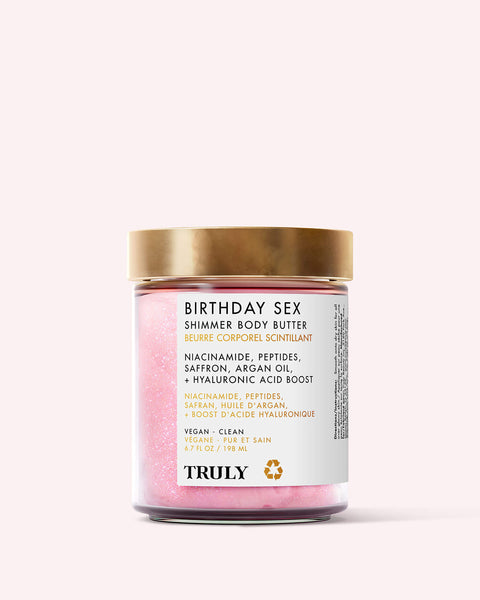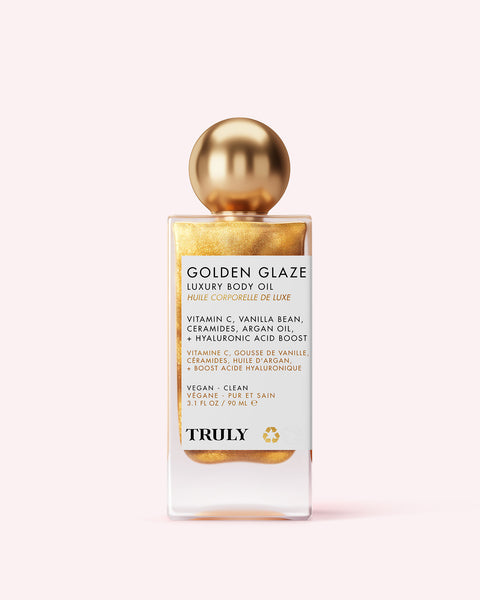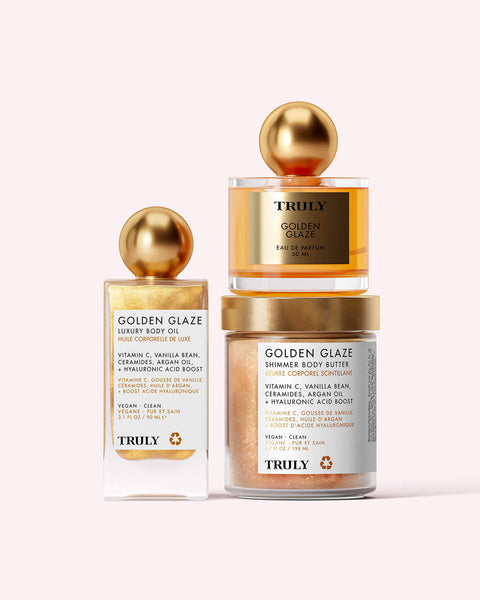Botox or Fillers? Aesthetic Injector Olivia Salmen Answers All Your Questions

Ever wondered which is better: Botox or fillers? We spoke with Olivia Salmen, an advanced aesthetic nurse injector and board certified plastic surgical nurse about the difference between Botox and fillers, and whether those rumors you’ve heard about injectables (like frozen expressions, puffiness, and pain) are actually true or just myths.
In addition to her decade of experience working with injectables, Salmen is a national trainer for Allergan Medical Institute, Revance Aesthetics, and Master Injector Series. She also won “Best Injector of Nashine” by the Nashville Scene.
Over the years, she’s built a social platform of over 187,000 followers on TikTok and 130,000 followers on Instagram, providing fans with education on aesthetics and injectables. Ahead, she gives us all the details on Botox vs fillers and debunks the most common filler and Botox myths to help you make the most informed decision for your skin.
Botox vs Fillers: What’s the Difference?
Over 7.3 million Botox injections are performed by plastic surgeons every year worldwide. Dermal fillers are also growing in popularity, with over 4.3 million annual procedures. But what’s the difference between Botox and filler? And most importantly, how do you decide which is better for your specific skin concern?
What is Botox?
Botox, or botulinum toxin, is a neurotoxin that temporarily relaxes muscle movement to help smooth out existing lines and prevent deeper wrinkles from forming. “It prevents muscle contraction which helps with wrinkles,” explains Salmen. “By halting the muscle contraction, you can improve the appearance of wrinkles from animation.” She says that Botox is best used for forehead lines, frown lines, and crow’s feet, but it can be used on the lower face too.
What are Fillers?
Dermal and volumizing fillers are cosmetic gels that fill creases, replenish lost volume, and contour the face. As Salmen explains, “Fillers add volume, and most fillers are made of hyaluronic acid which means they are reversible.”
Fillers can be comprised of a variety of materials, but hyaluronic acid fillers like Restylane and Juvedérm are the most common. They are also the most effective since hyaluronic acid is naturally found in your body and can hold up to 1,000 times its weight in water, giving skin optimum hydration and a natural plumping effect. “When we place filler in the face, the purpose is to add or restore volume to the fat pads in the face,” says Salmen.
What’s the Difference?
According to Salmen, fillers and Botox address the aging process in different ways. Botox relaxes the muscles to reduce wrinkles caused by facial movements like frowning or squinting. It's commonly used for lines on the forehead and around the eyes. Results from Botox injections appear within a few days and last for several months.
Fillers, on the other hand, add volume to the skin with the water-binding molecule, hyaluronic acid. They are best for filling in deep wrinkles and adding volume to the lips, cheeks, and other areas of the face. Results from fillers are immediate. Depending on the type of filler used, they can last anywhere from several months to a year, and sometimes even longer.
The simple difference? “Botox is meant to maintain the way you look, where fillers change the way you look,” she says.
Which is Better for Fine Lines and Wrinkles?

Both procedures have their own benefits but the effectiveness of either depends on what you’re in need of. Botox, for instance, is heralded by Salmen as a preventive measure but she doesn’t recommend using it before you start to notice fine static lines.
“I usually recommend patients to consider starting to get Botox if they notice lines on their face first thing in the morning after their face has been in repose for eight hours,” she says. “If you notice wrinkles even after sleeping, it’s a good time to start considering Botox.”
She also points out that deciding between Botox and fillers depends on where the wrinkle is. “For animation lines such as the forehead, I recommend Botox because we can treat what is causing the wrinkle which is raising the eyebrows.” Filler, on the other hand, can be helpful for deep lines, she explains, but “it’s not addressing the cause of the line and Botox would still be recommended.”
That’s not to say Botox always wins, though. For fine lines around the mouth such as smile lines and nasolabial folds, Salmen recommends fillers. “This is because you can’t put Botox in a smile line, or it would prevent you from smiling,” says Salmen. “So this is an animation we need to leave fully mobile, and fillers would be the better choice to strengthen the skin where it is caving under repetitive motion.”
Can Skincare Products Enhance the Effects of Botox and Fillers?
Injections and skincare go hand in hand because their results depend on one another. In other words, the results you get from injectables like Botox and fillers will be greatly enhanced if you are consistently using good skincare products.
As Salmen explains, “We are aging at multiple layers of the face, so for best results you would address each layer.” She recommends using “Botox to lessen muscle contraction that causes wrinkles, fillers to replace volume loss and deflation of fat pads to restore shape, and skincare or topical treatments to keep the skin healthy and strong.”
Skincare ingredients like retinol, vitamin C, and hyaluronic acid help to increase collagen production and restore elasticity for firmer, smoother looking skin. Besides complementing the effects of Botox and fillers, they help to address skin concerns that Botox cannot fix, like uneven skin tone and texture.
“I always tell my patients it’s not worth investing in Botox if you’re not going to take care of your skin,” says Salmen. While Botox can be a powerful preventative treatment for visible signs of aging, it can’t replace topicals in addressing texture and wrinkles caused by lifestyle and sun damage.
5 Common Botox and Filler Myths, Debunked
All those rumors you’ve heard about Botox and fillers…we asked Olivia Salmen whether or not there’s any truth to them.
1. Fact or Myth: Botox Freezes Your Facial Expressions?
I’ll say myth, because it doesn’t have to. Yes, to smooth out wrinkles you need to lessen how hard the muscle contracts, but you do not have to completely freeze your movement. This is an important part of the consultation with your provider to discuss what you like.
2. Fact or Myth: Fillers Make Your Face Look Puffy?
Again I’ll say myth, because when done properly it should not. Yes, fillers certainly can look puffy if a patient is overfilled or if filler is improperly placed. But when placed in the appropriate fat pad, at the right depth, with the right product, fillers can dramatically enhance your facial features and restore volume that you’ve lost over the years with a very natural look.
Most of the people walking around with filler you would have no idea. It’s just the overdone results that get attention or draw your eye, so it can give fillers a bad rep.
3. Fact or Myth: Exercising Makes Botox and Filler Wear off Faster?
This is a theory, but not a hard and fast rule. When you are leaner, you will notice more volume loss in your face. And when you have less volume in your face aka less fat, you have less “cushion” between your skin and muscle. Hence, you can see the skin wrinkle more because the muscles dominate the face.
Most important for patients that exercise heavily is to make sure they’re still getting proper nutrient and electrolyte replacement with plenty of hydration. Filler is made of hyaluronic acid which means it loves water, so you don’t want to be depleted.
4. Fact or Myth: Filler Hurts More Than Botox?
Filler needles are slightly larger than Botox needles, so most patients would say that filler is more uncomfortable. But if we use a cannula with filler, a lot of patients think the pain is significantly less. So technique can play a role in patient comfort as well.
5. Fact or Myth: Botox Permanently Erases Fine Lines and Wrinkles Over Time With Regular Use?
I never say anything in anti-aging medicine is permanent because aging is a continuous spectrum. Yes you will still get wrinkles and texture on your skin throughout your life because Botox cannot completely eliminate all of your facial movements, nor would you want that. But regular use of Botox will drastically decrease the depth of your wrinkles because the skin is not creasing in the same spot over and over again every single day.
Imagine if you wrinkle up a piece of paper 1000 times, it’s hard to smooth it back out. The paper will even start to change texture as it weakens. If you don’t let the paper wrinkle up constantly, you can keep it smoother and stronger. This is the same with your skin.
Botox and filler do different jobs and work in different ways but ultimately, they’re both effective for treating and preventing signs of aging. For advice on what’s right for your skin, talk to a board-certified dermatologist or plastic surgeon. They’ll help you choose the best treatment for your skin. For more tips on Botox and fillers, follow Olivia Salmen on TikTok and Instagram.
Photos by Olivia Salmen and Gustavo Fring, Pexels


